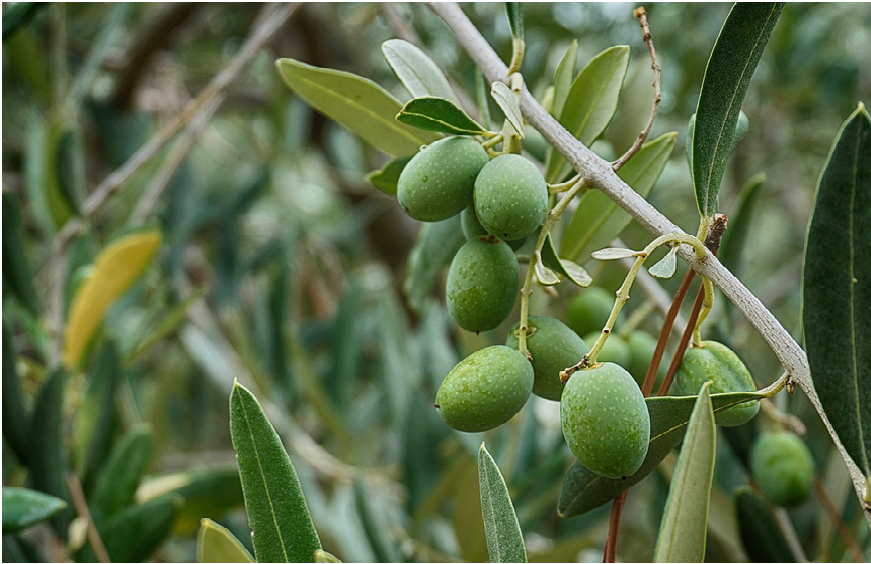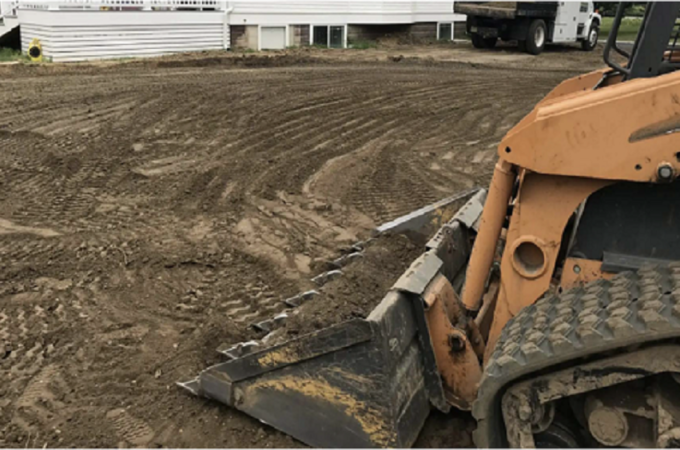
Olive Tree Species
Which tree is more atmospheric than the olive tree (Olea europaea) due to its warm and sunny Mediterranean climate and rocky landscapes? Olives have a long shelf life in planting zones 8-10 of the U.S. Department of Agriculture, so they can be grown outdoors year-round by happy gardeners living in these areas. But if you have a porch or a greenhouse, or if you don’t want to eat premium olives in colder winters, feel free to grow this old tree too. Olea europaea is a type of olive that is cultivated for its fruity and ornamental value but has become invasive in some parts of the United States.
Properties of olives
The olive tree is a slow-growing, long-lasting tree that has a lot to offer in terms of fruit production and the architectural and decorative shape that has evolved over the years. Its leaves are always green and give color all winter. The long, lanceolate, two-colored leaves are silver below and gray-green above. Their bark is smooth and gray since their youth, but over time they show interest in knots and twists. These trees eventually grow to 9 feet high and 9 feet wide, and their tops initially form a round shape that becomes irregular with age.
No description of the olive is complete without mentioning the fruit that gives it its name. The olives grow on the trees with small creamy and fragrant flowers that appear in mid-spring. The panicle hangs on the axis of the leaves about 5 cm long, where the leaf merges with the trunk. The olives, which develop after the flowers have matured, first turn green and then black.
If you want to grow olives to eat their fruit or extract olive oil, your success may be limited if you do not live in a wooded climate. Although olives live in different climatic conditions, they bloom only in places where the winter temperature is below 50 degrees Celsius for at least two months. Summers should be hot and dry, and winters cold and humid. Even in an ideal climate, olives usually do not bloom and do not bear fruit until 7-8 years, although grain production increases with age.
Types of olives
The variety in size, shape, and taste of the olives purchased is due to the olive that gave birth. Olive growers have grown varieties that offer bitter, fruity, aromatic, spicy, and herbal flavors in the fruit. After harvesting and processing, oils from different fruits can be mixed to obtain an even wider range of flavors. On the other hand, some olive trees are grown only as landscape trees because of their decorative value.
Other variations among olive varieties include the degree of care, ease of harvesting, and the association of fruits and seeds. The fruits of some fruits are larger than average, produce many stone fruits, and form useful clusters on the branches. Other species produce small fruits with large seeds that grow only occasionally in groups.
Self-fertility in relation to the need for pollination is another characteristic that distinguishes olive species. Homemade olives do not have to bear fruit from other nearby trees, so this type of olive is the best choice for a planted tree if the fruit is also needed. Trees that need pollination should be planted near olive trees suitable for olive production. But home-grown olives can also get higher yields if grown close to pollinators.
Variety of olive oil
Olives, which give important crops and lesser-known trees, are available for the gardener who wants to grow olives for oil. The “Sevillian” is resistant to major USDA plant zones 8-10 and constitutes a large part of the olive harvest in California. If you drive the Spanish queen’s olives, they are probably originated from the trees of Seville. This slow-growing, self-fertile variety reaches a final height of 4.5 to 30 feet and a width of 12 to 25 feet.
“Arbequina,” bathed in USDA zones 8 through 11, is another self-sufficient olive. This tree thrives in warm climates and bears dark brown fruits with high aromatic oil content. ‘Arbequina’ grows up to 12 m tall and 25 m wide, but can also grow in containers. The green-silver leaves of the tree contribute to its attractiveness as a model tree of the landscape.
“Manzanillo Hass Improved” is an improved, larger, commercially resistant olive variety in USDA zones 8-10. Tubers of this variety carry more meat than their parents and mature about a week earlier. “Manzanillo Hass Improved” is a tree for a small farm. It creates a compact, round shape with arched branches growing 15 to 20 meters high and 10 to 15 meters wide.
Olive range
Olive varieties may not bear fruit, but if they do not, they will compensate for the lack of versatility in the garden. Dwarf olives can grow as hedges, shrubs, and pots. They also have an opportunity for gardeners who do not live in prominent olive groves to cultivate this attractive tree. If the garden is small and cold, dwarf olives in pots can overwinter safely due to the deadly cold.
The small dwarf olive (Olea europaea ‘Show’, USDA mite zone 8 to 11) resists drought, heat, and salt and grows in a compact form only 4 to 6 feet wide. Little Ollie does not bear fruit but has dark green leaves with a silver underside. This medium-sized tree or shrub grows well in warm places near walls or sidewalks, where it is not affected by reflected heat. Alternatively, you can grow a small walnut tree in a pot in the garden and shape it for a pedigree or a tree to a stem.
If you live in a USDA plant resistance zone 7 or less, bring a dwarf or common olive inside before the first fall. A pantry or a frost-free greenhouse will give enough light for this tree, or if these options are not available, there will be enough space near a bright window. Although the olives do not tolerate cold, they need cold winter temperatures, preferably between 40 and 50 degrees F. In winter, when tree growth is minimal and the swampy soil can damage the roots, it will overwinter. olives in a pot moderately.
Tips for growing olives
- The olives grow in sunny places and well-drained soils.
- Water young trees regularly and abundantly.
- Regularly remove weeds that grow to 3 feet from the olives.
- Spread a layer of organic humus over the root zone.
- Fertilize young olives twice a year with specially developed nitrogen fertilizer for the trees according to the instructions on the package. Feed the trees fed every few years.
- Do not prune young olives, otherwise, the natural growth pattern of the tree may be disturbed.

